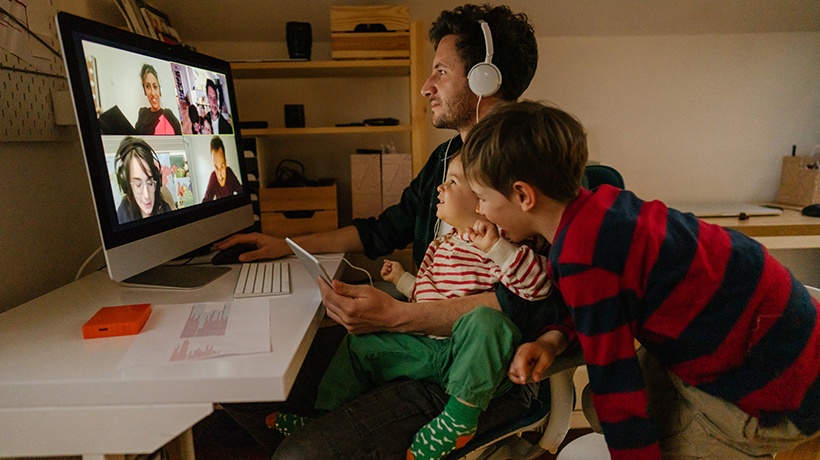How To Engage Learners During Virtual Training
Virtual training has become the norm due to the pandemic that swept across the globe in 2020. Most classroom training sessions had to be moved online, with instructors using virtual tools such as Zoom, Webex, Teams, and others to conduct the sessions.
But has the transition been smooth? Have the instructors and participants faced challenges while attending the virtual sessions? The answer is “Yes.”
To start with, some trainers went about replicating the classroom experience in a virtual environment, creating a sort of fatigue for the participants. There have been technical glitches while conducting the sessions. Several activities, such as group discussions conducted in a face-to-face situation, have not worked well in the virtual environment. In addition to this, we have come across some overly enthusiastic participants who use the chat window to continuously chat or pose questions that disturb a session's flow.
We have seen in our experience how virtual sessions have evolved over the past one or two years. There has been a good learning curve, so we have some tips that instructors, L&D professionals, and facilitators can use to conduct seamless virtual sessions. We will discuss those next.
Tip 1: Make The Sessions Lively, Engaging, And Not Overly Long
The first principle or the first rule is to ensure that the sessions are engaging and lively with a good dose of participation from the learners. You can do this by engaging them in a team activity or a game; steer away from the lecture-only mode. It’s not easy to pay attention to each participant in a virtual-only mode unlike in a closed-door face-to-face session.
A virtual session should not be longer than 45 minutes. There must be a break of at least 15 minutes before you can move on to the next session. If the first session was on some theoretical aspects, ensure that the second session is activity-based. This way, the virtual sessions don’t end up being boring or monotonous. We have observed that there is webcam fatigue in virtual sessions. People cannot look at the camera for a long time, and the eyes become strained. These are a few important things to be taken care of.
Tip 2: Use Technology That Works
You can use the technology that works well within your organization. Some prefer Zoom sessions, while others use Webex. Use the technology that gives the best experience to the participants. Test everything, including video streaming, audio quality, and screen sharing, before starting the session.
Some of the tools provide the poll feature, breakout rooms, groups, breakout discussions, and live question and answer features. You can use breakout rooms or breakout sessions to allow a group of participants to think through and collaborate. Breakout sessions allow learners or participants to work on case studies, collaborate well, and perform several activities that are normally possible in a face-to-face environment, ensuring that participants do not feel left out.
Tip 3: Use Pre-Recorded Videos And Games
You can use videos to deliver impactful messages to your audience. Many participants need the powerful medium of videos to connect to the core message. If you can get the help of a video vendor, go ahead and do it. Get the best videos to convey the message. Ultimately, it is about delivering the message to the learners so that they understand the concept well and can apply it to their job.
You can also use gamification [1], scoring, and leaderboards to engage the learners in a fun way. Games can break the monotony and motivate learners to participate in sessions. You can use games to get the required attention from the learners.
Conclusion
The tips in this article will ensure that you are adequately prepared to conduct successful VILT training. At Tesseract Learning, our learning and visual architects are constantly innovating and reinventing their approaches to design, develop, and deliver effective L&D programs. We are leveraging our powerful new microlearning platform, KREDO, to create efficiencies across the training life cycle and deliver optimal learning experiences. If you have any questions, you can contact me or leave a comment below.
References:










